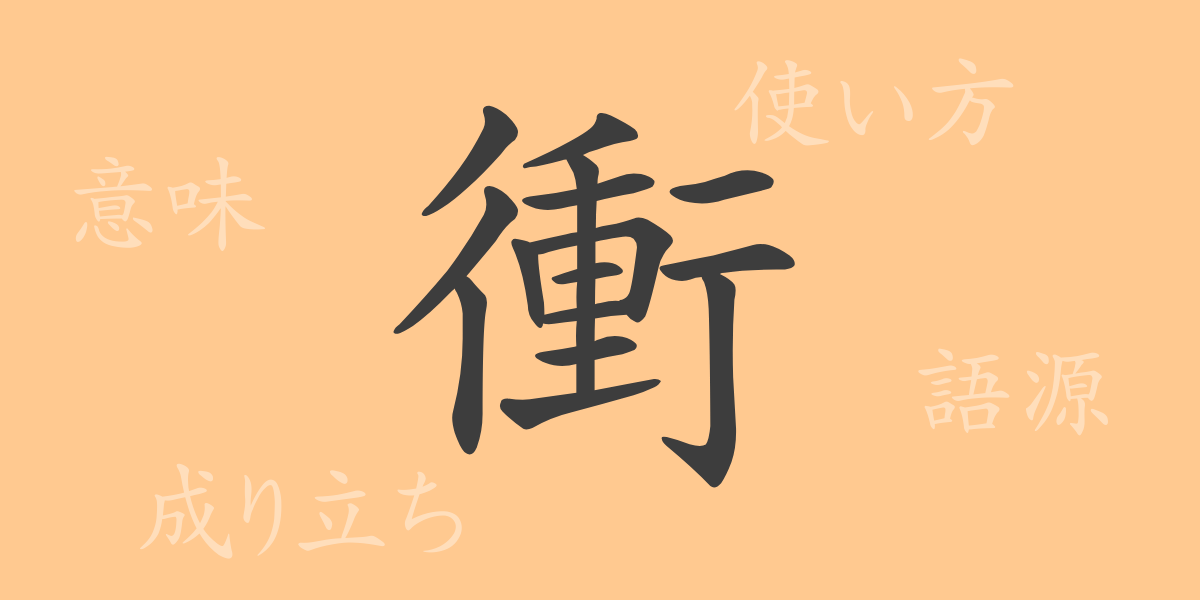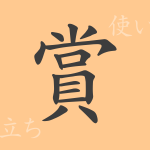The Japanese script is rich in Kanji, each bearing its own unique history and meaning. The Kanji “衝(ショウ)” is frequently seen in daily life, yet its background and diverse applications are not widely known. This article delves deep into “衝,” exploring its origins, meanings, and usage, as well as related idioms and phrases. We’ll uncover the hidden history behind the word and deepen our understanding of its use in Japanese.
Origins of 衝(ショウ)
The Kanji “衝” originated in ancient China and initially depicted direct advancement or the act of colliding. It was used to describe charges on battlefields or the intense action of colliding objects. The character combines “行” (meaning to walk) and “立” (meaning to stand), symbolizing the act of moving forward uprightly, indicative of the concept of charging or moving directly forward.
Meaning and Usage of 衝(ショウ)
In modern Japanese, “衝” primarily conveys meanings like “to collide,” “to charge,” or “to strongly appeal to the heart.” It is used not only to describe physical collisions but also to express situations where emotions clash or where one experiences a strong impact. Metaphorically, it can describe something that deeply affects one’s emotions, as in “心に衝く” (to strike the heart).
Readings, Stroke Count, and Radical of 衝(ショウ)
“衝” has multiple readings and is packed with essential information that aids in understanding its use:
- Readings: The on’yomi (音読み) is “ショウ,” and a kun’yomi (訓読み) example is “つ(く).”
- Stroke Count: “衝” consists of 15 strokes.
- Radical: The radical is “行部(ぎょうぶ)” (row radical).
Phrases and Idioms Using 衝(ショウ) and Their Meanings
The Kanji “衝” is found in various idioms and phrases that illustrate its lexical richness:
- 衝突(しょうとつ) – A collision or clash, either physically or in terms of opinions.
- 衝撃(しょうげき) – A strong shock or impact.
- 心衝(しんしょう) – Something that strongly appeals to the emotions.
- 矛盾を衝く(むじゅんをつく) – To point out contradictions.
These phrases and idioms are frequently used in everyday conversations and business settings, helping articulate feelings and conflicts in various contexts.
Conclusion on 衝(ショウ)
The Kanji “衝” embodies the concept of direct movement and collision, with its uses extending to both physical and psychological impacts. As a part of everyday Japanese, “衝” resonates deeply in language, capable of evoking strong responses through words. Understanding this Kanji enriches one’s ability to express more nuanced communications, broadening the scope of interaction in Japanese culture.

























